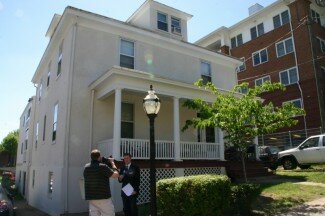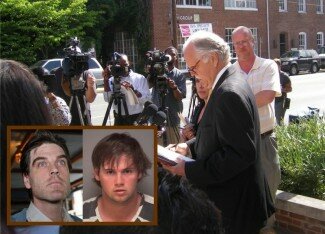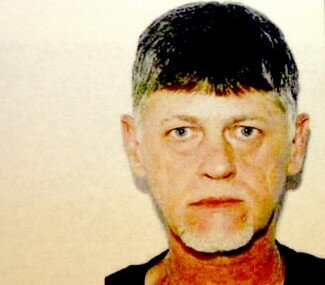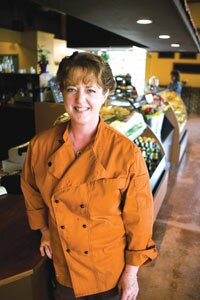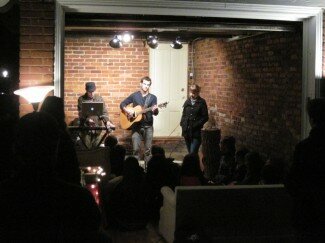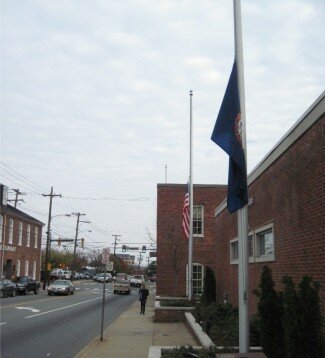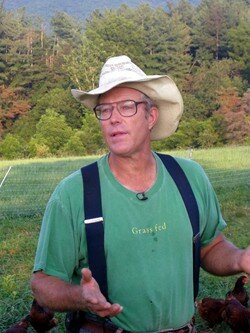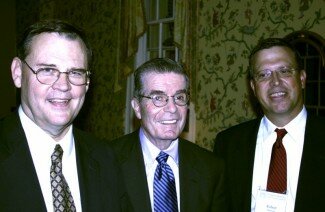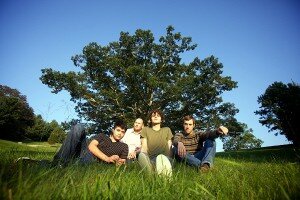Fight for justice: Justine Swartz Abshire’s family wages war on widower
Since their daughter’s mysterious death on a winding country road, the parents of Justine Swartz Abshire have made no secret about who they believe is responsible. But four years after the lifeless body of the 27-year-old school-teacher was discovered following what was initially reported as a hit-and-run accident, there’s been no arrest in the case.
That hasn’t stopped the woman’s parents from suggesting she was more likely beaten to death than hit by a car— and filing a $5 million civil suit alleging not only that Justine’s husband Eric Abshire is a killer but that he didn’t act alone.
While Abshire has long maintained his innocence and vowed to help catch his wife’s killer or killers, a bankruptcy filing shows that contrary to previous public statements that he wouldn’t attempt to financially benefit from his wife’s death, Eric Abshire did, in fact, go after some of the estimated $1.3 million in insurance money.
“His version of events is implausible,” says Justine’s father Steve Swartz, vowing to avenge his daughter’s death through any legal means available.
“The battle lines are drawn,” says Swartz.
Victim: Justine Swartz Abshire, 27
Found: Taylorsville Road in Orange County
Date of death: November 3, 2006
Investigating: Virginia State Police
Cause of death: 113 blunt trauma injuries
Case summary: A kindergarten teacher at Culpeper’s Emerald Hill Elementary, Justine was reported dead by her husband, Eric Abshire who said he’d discovered her body on the Orange County side of Taylorsville Road, near the Greene County line. At first, she appeared to be the victim of a hit-and-run, and Justine’s parents put up a $50,000 reward. Now, however, they’ve filed a multi-million-dollar wrongful death suit against Eric Abshire, Allison Crawford, Jesse Abshire, and Mark Madison, in addition to six unnamed alleged co-conspirators.
Survivors: Parents, Steve and Heidi Swartz; sister Lauren Swartz; widower, Eric Abshire.
Multiple conspirators
If Eric Abshire has long been the focus of the police investigation— and the Swartzes suspicion—the recent lawsuit offers some further insight into what Steve and Heidi Swartz believe actually happened to their daughter. In the suit, they accuse not only Eric, but also his brother, Jesse Abshire, the mother of two of Eric’s children, his cousin, and six unnamed co-conspirators.
The four individuals named “remain at the center” of a criminal investigation, the suit alleges, because they conspired with the unnamed individuals that caused the death of Justine Abshire via “unlawful actions.”
What were those unlawful actions? The suit doesn’t say, and while Eric Abshire, who appears to be representing himself, has not returned a reporter’s repeated calls for comment for this story, he has denied culpability in the past, and the attorney for brother Jesse Abshire calls the suit “without merit.”
“There are no allegations whatsoever,” says Jesse Abshire’s attorney, Lloyd Snook, essentially accusing the Swartzes of a fishing expedition.
“They filed the suit hoping that something might come out that they might be able to base their suit on,” says Snook.
But according to legal analyst David Heilberg, such vagueness is typical in the early stages of a civil action. He says plaintiffs typically “hold their cards close” early in the litigation process to avoid giving defendants a chance to craft a defense prior to depositions, in which they give sworn statements.
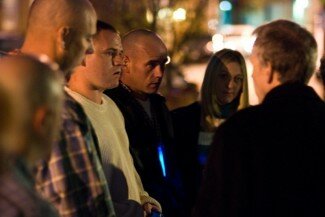 Eric Abshire, in white sweater, and his brother Jesse Abshire, to his left, are both targeted in the wrongful death suit.
Eric Abshire, in white sweater, and his brother Jesse Abshire, to his left, are both targeted in the wrongful death suit.FILE PHOTO BY JAY KUHLMANN
Indeed, on their lawyer’s advice, the Swartzes decline to share all their reasons for targeting as many as nine people in addition to the supposedly grieving widower. With painful clarity, however, they do share recollections of the days surrounding daughter’s death.
Devastation
It was the telephone call that every parent dreads. At 3am on the morning of November 3, 2006, the Swartzes were awakened at home in Chattanooga, Tennessee. Their elder daughter, a kindergarten teacher at Culpeper’s Emerald Hill Elementary School who was working toward her master’s degree at UVA, was dead, the caller told them, hit by a car sometime after midnight. (more)



 Comments(8)
Comments(8)
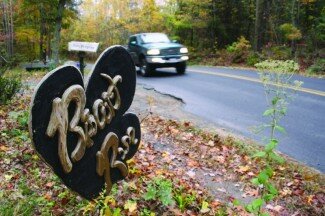
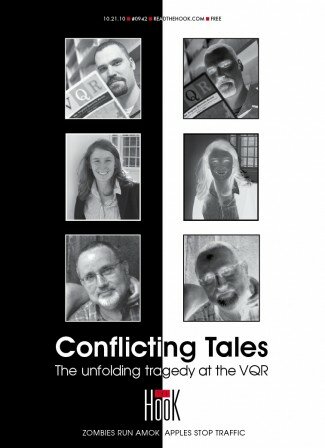
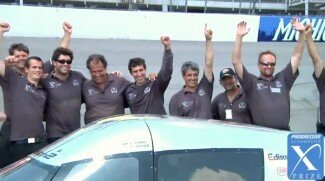
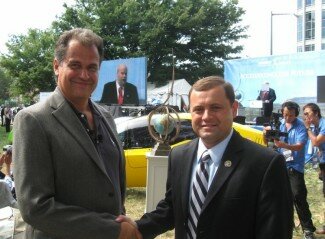

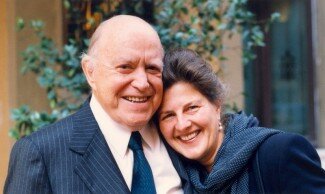
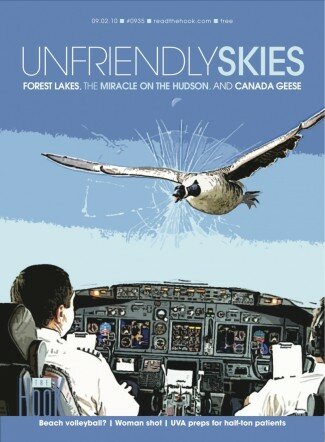
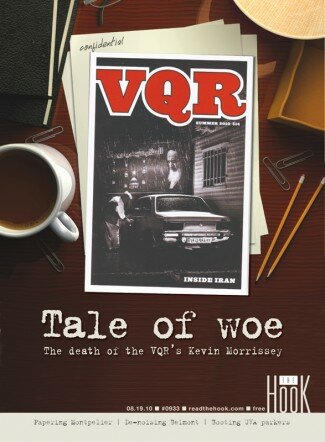
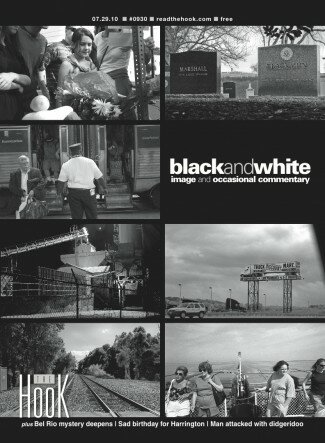
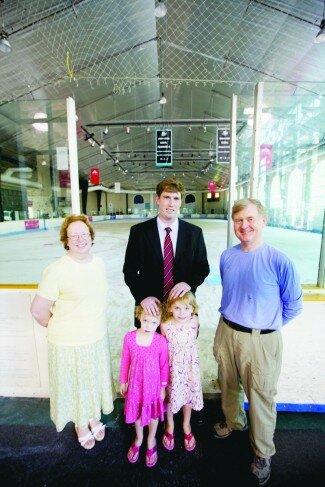

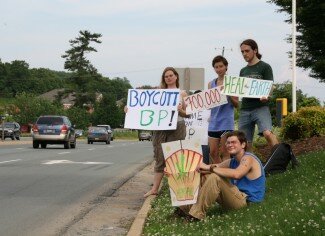

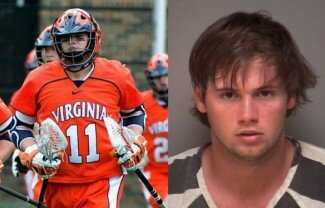
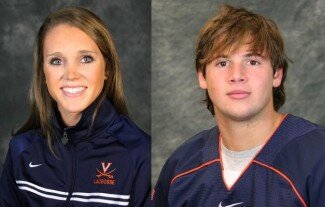
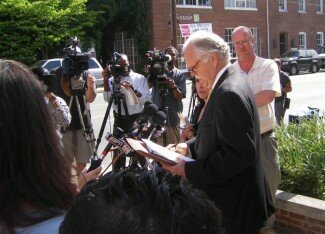
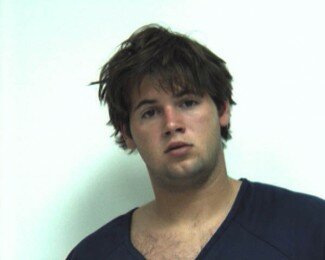
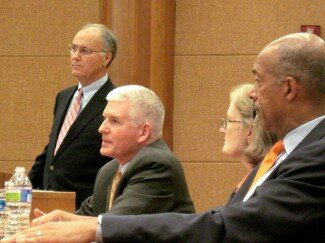
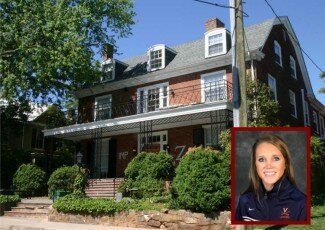
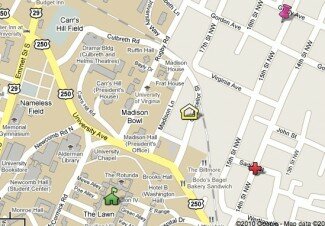 Harrington’s t-shirt was found just three blocks from the site of Yeardley’s death.
Harrington’s t-shirt was found just three blocks from the site of Yeardley’s death.